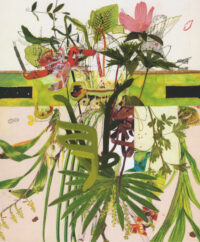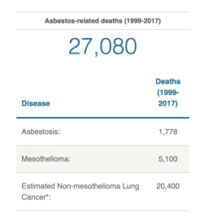According to the Sonoma County Water Agency, these three months of spring have been the driest on record, with a mere .65-inch rainfall– nearly three times less than 2004’s 1.91 inches.
This means that water flowing from the Potter Valley Project into the Eel River – through a Mendocino County powerhouse and into Lake Mendocino before getting released into the upper Russian River – has been reduced by 33 percent. “We rely on these sources for drinking water, wildlife habitat and recreational activities,” Water Agency Deputy Chief Engineer of Operations Pam Jeane said in a statement calling for voluntary conservation. “Using less water means more water in the Russian River, Lake Mendocino and Lake Sonoma.”
SWCA Public Information Officer Brad Sherwood said the agency is carrying out an intense campaign for public information: from putting newsletters in envelopes, to making house calls, to their web page, “Less is More” (http://www.scwa.ca.gov/water_conservation/lessismore.php) – which explains the necessity of balancing a healthy ecosystem with agriculture and municipal and personal uses. He wants to teach people to take advantage of rebate programs and listen to conservation specialists: some of whom even make house calls. “Our goal is to change behavior,” he said. “We’re asking people to do what they did last year.” Last year, when the Water Agency asked for a reduction of 15 percent, the public responded and exceeded expectations. “They helped us reduce water from the Russian River by 21 percent,” Sherwood said. “Everyone stepped up to the plate.”
This year, the situation is plainly worse. “We are seeing a more severe projection,” said Sherwood. “The projection is 10,000 acre-feet less. If you looked at it as a scale of one to four, and one being okay and four being the worst, we’re seeing 3.5.” While there is no question that need to conserve is urgent, since the public record has been so exemplary, the plan at the moment is to ask for voluntary conservation, in the hopes that, with public cooperation, enough water will be conserved that mandatory restrictions will be unnecessary. The Agency is able to monitor use day by day, and can tell how much needs to be pumped from the river into the municipal supply. For those on the outskirts of the city, on wells, conservation is still the word. “People on wells should also conserve, regardless,” said Sherwood, “because of how dry it is.”
Municipally supplied grape growers can help contribute to the conservation effort by using drip irrigation and by watering at night. “We’re working with Mark Greenspan, the viticulturist,” Sherwood said, “to set up a best management plan for growers. They responded very well, and helped us achieve our goals last year, so we’re looking to build on that.”
Driest spring on record
More from NewsMore posts in News »




